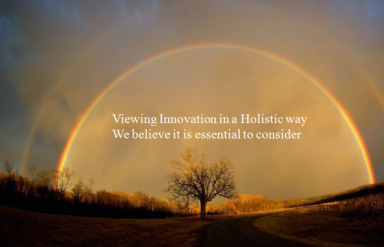Julian Birkinshaw, the London Business School Professor for Strategy and Entrepreneurship wrote in his book “Reinvention Management” about the failure of management. He is a strong advocate of reinventing and broadening out the awareness and need for a more disciplined and up to date practice of management
Working through a kind of contingency theory of management
Julian points out different situations demand different kinds of management. To be effective, a manager needs to adapt to the demands of the situation. Managerial behaviour is mapped on four dimensions: bureaucracy-to-emergence, hierarchy-to-collective wisdom, alignment-to-obliquity, and extrinsic-to-intrinsic motivation.
The principles of emergence, collective wisdom, obliquity and intrinsic are newer ways of thinking about management. I must say I like these as I do his framework as a really good way to think about the approach we need to explore that fits with the strategy and the way we want to develop a business and its environment.
Innovation needs to exploit all the ‘opposing’ principles across the four dimensions
Continue reading “Framing innovation around four management dimensions”


